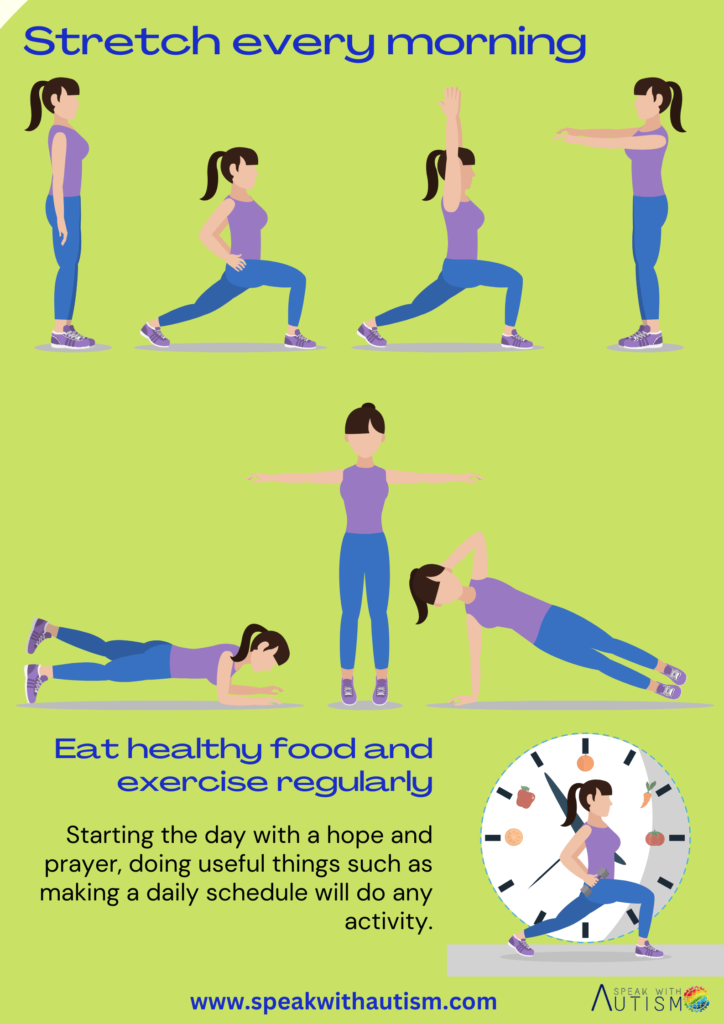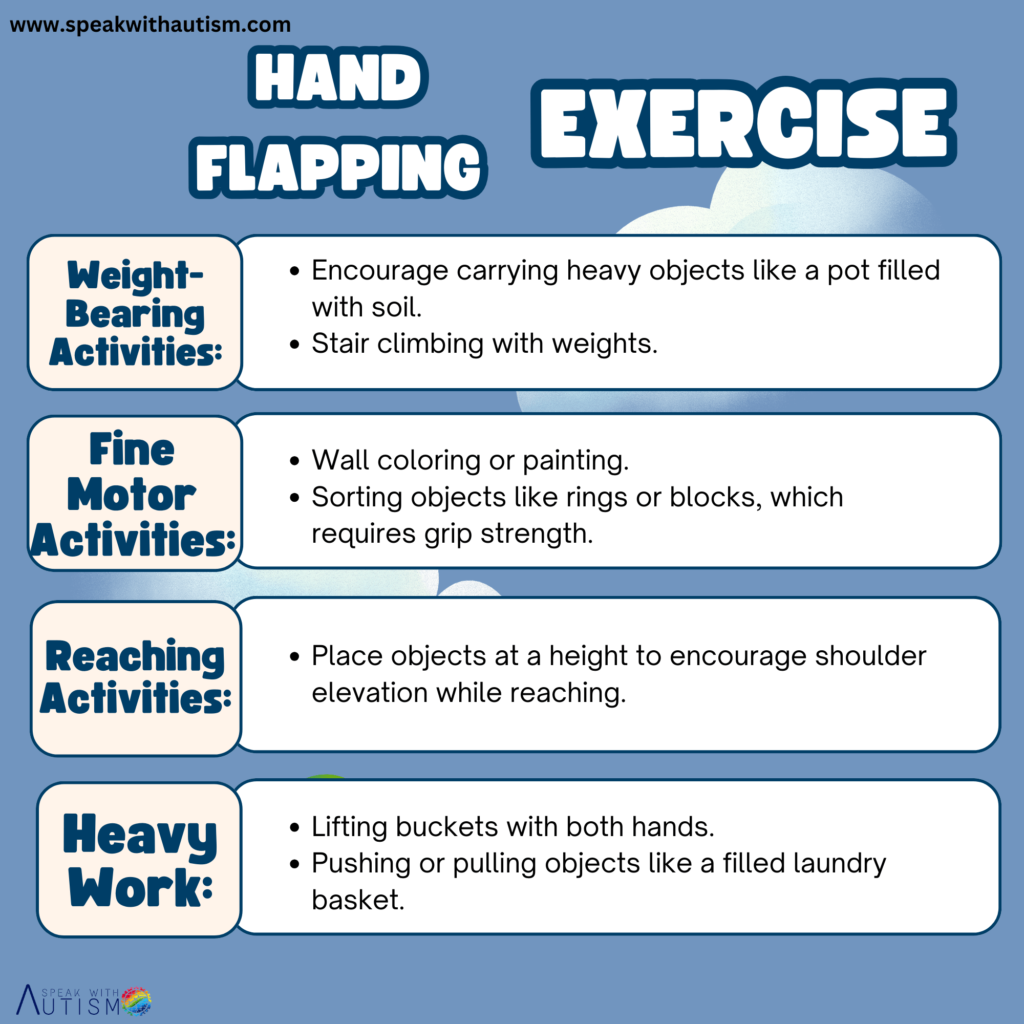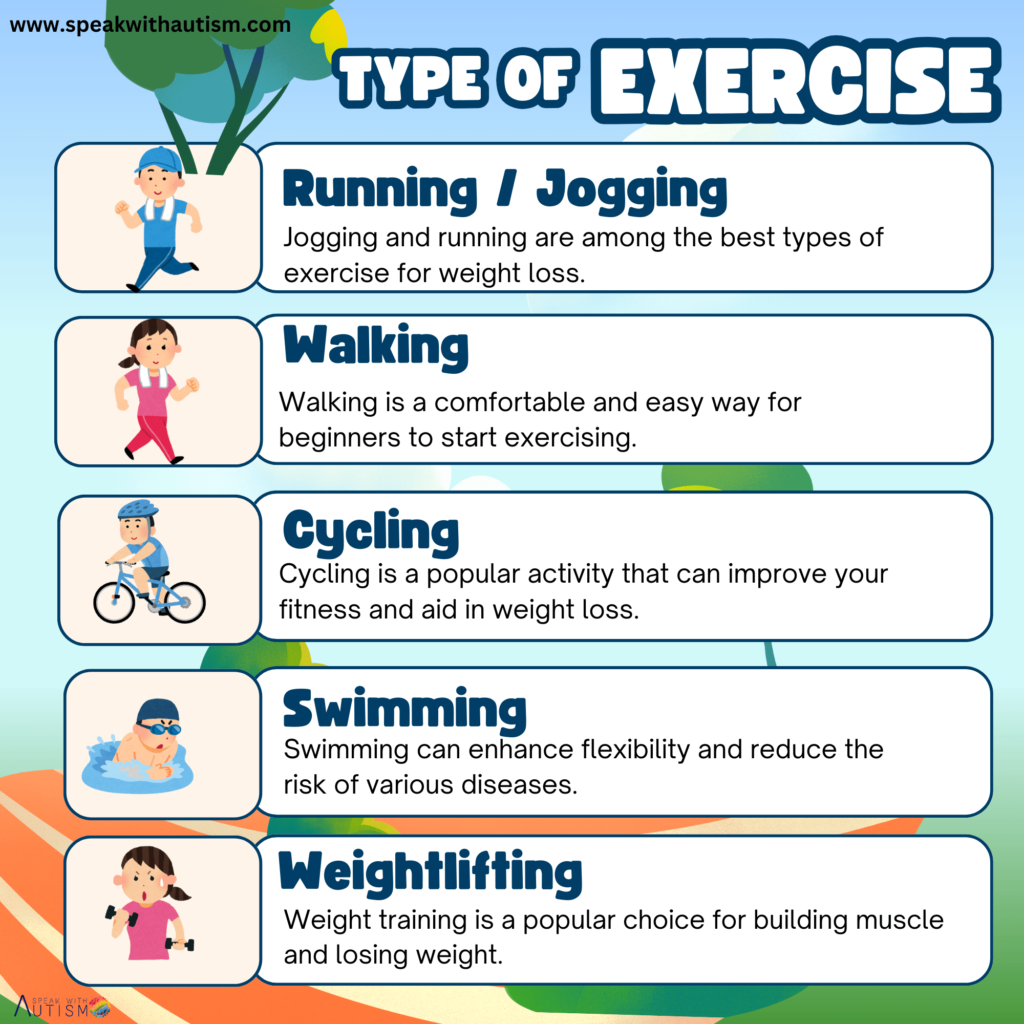Hand Flapping and Clapping: Does your baby do a lot of hand flapping? If yes, and the flapping increases when the baby is very anxious, stressed, or excited, then this blog is for you. Hand flapping, which almost every baby does, is normal, and when it can be a cause for concern.
If hand flapping stops by the age of 3, it is usually not an issue. But if the child is on the autism spectrum or is going through some special needs problem, then hand flapping can last for many years. In this article, I will explain the difference between normal and autism-related flapping, and discuss in detail how flapping can be reduced.
Table of Contents
Normal and Autism Connection of Hand Flapping
If the child is flapping his hands for 3 years, then it can be a part of normal development or a symptom of autism. Young children flap their hands to express their emotions, such as:
- In excitement.
- During anxiety or stress.
- When their communication is not strong yet.
But in normal children, hand flapping usually ends after 3 years. In children on the autism spectrum, this behavior can last much longer, sometimes even life-long.
When should you get concerned?
If your child:
- Does not respond to hearing the name.
- Does not make eye contact.
- Does excessive hand flapping.
Then consult a pediatrician or developmental therapist. But if everything seems normal, there is no need to worry, because the hand flapping and clapping will get better on its own.
Negative Effects of Hand Flapping
Excessive hand flapping can cause children to:
- Muscle tone may become weak.
- Shoulder joints and wrist muscles become weak.
- Pain threshold may be low, which may make it difficult for them to communicate their problem.
How to Reduce the Negative Effects of Hand Clapping and Flapping
Parents whose children do hand clapping or flapping should do a simple activity. Set a timer of 2-3 minutes and repeat by clapping or flapping your hands in the same way as your child does. When you do this activity continuously for 2-5 minutes, you will feel heavy pressure and fatigue. You will understand that your child is channeling his energy or releasing stress through this behavior.
Children who do excessive hand flapping use this as a way to express their sensory overload or communication limitations. Non-verbal children cannot express their emotions or needs verbally, so they use stimming behaviors, such as flapping.
Solution for Reducing Hand Flapping
If flapping is due to autism or sensory needs, it may not be possible to stop it immediately. Flapping will only stop when the child learns to regulate it on his own. It is not possible to stop hand flapping immediately, as it is a sensory need or coping mechanism. But you can manage this through some exercises and strengthening activities:
1. Shoulder Strengthening Activities:

Upper Limb Exercises:
Work on the strength of the child’s shoulder, elbow, wrist, and fingers.
Examples:
- Have the child lift a heavy object, like a pot or bucket filled with soil.
- Exercises that strengthen the child’s shoulders and upper limbs.
- Lifting heavy objects, such as a bucket filled with water, or going up and down stairs.
- Stair Climbing: Encourage the child to lift the pot up the stairs and then bring it down.
- Reaching Activities: Stick some items on the wall and ask them to reach and grab them.
- Colouring or painting activities that involve the shoulders and arms.
2. Proprioceptive Activities for Pressure Release
- Holding or moving heavy objects puts pressure on muscles and joints, which is helpful for sensory regulation.
- Use items like weighted balls, resistance bands, or push-pull activities.
- If the child is too anxious, make him do deep pressure activities.
- Ask him to do hand compression or squeezing activities.
3. Fine Motor Skill Development:
- Activities like ring stacking, sorting games, and placing objects.
- This improves wrist and fingers strength and improves hand coordination.
- Wall coloring or fine motor games where the child uses his hands. – Like, ring stacking, fitting blocks, or sorting objects.
Negative Effects of Hand Flapping and Prevention Tips

Weak Muscle Tone:
Hand flapping weakens the wrist and shoulder muscles.
- Do regular strengthening exercises.
Joint Dislocation Risk:
Continuous flapping can cause fragile joints.
- Ensure proper posture and guided exercises for safe joint movements.
Pain Threshold Low:
When the pain threshold is low, children do not express their discomfort.
- Encourage physical activities that balance sensory input.
Key Activities to Reduce Flapping

Balancing Weight:
- Practice holding and carrying a bucket or heavy items.
- These activities boost the strength of the child’s upper limbs.
Wall Coloring or Vertical Activities:
- Paste some interesting objects on the wall and ask them to color them.
- Both fine motor and gross motor skills improve.
Heavy Work Activities:
- Resistance exercises, such as pulling or pushing heavy objects.
- This fulfills sensory needs and flapping gradually decreases.
Conclusion:
Hand flapping is a stimulating behavior to fulfill sensory needs. As an autistic child-parent, my focus is to address the biomechanical impacts of hand flapping. It is possible to strengthen your child’s muscles and joints through upper limb strengthening and proper physical work. Shoulder and upper limb strengthening exercises are very important to reduce flapping. Parents have to understand the needs of their children and work accordingly. Hand flapping is a stimming behavior that cannot be stopped completely. But it can be managed with regular activities and therapies.
Hope this explanation will help you understand and manage flapping.
Frequently Asked Questions
How to Reduce Hand Flapping?
If flapping is due to autism or sensory needs, it may not be possible to stop it immediately. Flapping will only stop when the child learns to regulate it on his own. But you can adopt a few strategies:
Shoulder Strengthening Activities:
Exercises that strengthen the child’s shoulders and upper limbs.
Lifting heavy objects, such as a bucket filled with water, or going up and down stairs.
Fine Motor Activities:
Wall coloring or fine motor games where the child uses his hands. – Like, ring stacking, fitting blocks, or sorting objects.
Pressure Release Techniques:
If the child is too anxious, make him do deep pressure activities.
Ask him to do hand compression or squeezing activities.
What is hand clapping or flapping, and why do children do it?
Hand clapping or flapping is a repetitive movement often seen in children. It can occur when they feel anxious, stressed, or excited. For autistic children, this behavior can be more frequent and long-lasting. Non-verbal children may use flapping as a way to express emotions or communicate needs when speech is not developed.
Is hand flapping normal for young children?
Yes, it can be normal for children under 3 years of age as part of their development. It often subsides as they grow. However, if hand flapping continues beyond this age, especially with other signs like lack of eye contact, non-responsiveness to names, or other developmental delays, it may indicate sensory or autism-related needs.
What negative impacts can hand flapping have?
Excessive hand flapping can lead to:
-Weak wrist and shoulder muscles.
-Increased risk of joint dislocations or injuries.
-Difficulty in holding or gripping objects due to weak muscle tone.
-Lower pain threshold, making it harder for children to communicate discomfort.
How can parents understand what their child experiences during hand flapping?
To empathize, parents can try flapping their hands continuously for 3–5 minutes. This helps them realize the pressure on the wrists and muscles. It also shows how children may use this repetitive motion to release energy or cope with sensory overload.
Can hand flapping be stopped completely?
No, hand flapping is a form of stimming, and stimming behaviors cannot be entirely eliminated. The focus should be on reducing the frequency and strengthening the child’s muscles to minimize its negative impact.
What activities can help reduce hand flapping?
The goal is to work on shoulder strengthening and upper limb activities to channel energy positively. Examples include:
Weight-Bearing Activities:
Encourage carrying heavy objects like a pot filled with soil.
Stair climbing with weights.
Fine Motor Activities:
Wall coloring or painting.
Sorting objects like rings or blocks, which requires grip strength.
Reaching Activities:
Place objects at a height to encourage shoulder elevation while reaching.
Heavy Work:
Lifting buckets with both hands.
Pushing or pulling objects like a filled laundry basket.
What should parents focus on for long-term improvement?*
Upper Limb Strengthening:
Focus on the entire arm, from the shoulder to the wrist, to build muscle tone and improve overall posture.
Engagement in Activities:
Incorporate daily tasks that require physical effort, like climbing stairs, carrying groceries, or painting on walls.
Sensory Regulation:
Provide alternative sensory input to help children self-regulate, reducing the need for flapping.
Is hand flapping always related to autism?
Not always. It can be a normal part of early childhood development. However, persistent hand flapping beyond the age of 3, especially with other developmental delays, may indicate autism or sensory processing issues.
What is the role of occupational therapy in managing hand flapping?
Occupational therapists focus on reducing the biomechanical problems caused by hand flapping. They work on:
Strengthening muscles.
Enhancing coordination.
Introducing targeted exercises to manage stimming behaviors effectively.
